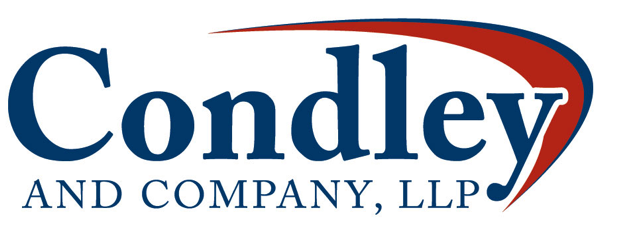
In the month since the presidential election, we’ve started to get a better picture of how the new administration might shape the economy through changes to banking regulations. With the announcement that President-elect Trump will nominate former Goldman-Sachs partner Steven Mnuchin as his Treasury secretary, a recent Bank Director article’s prediction that we will see “the appointment of more bank-friendly regulators” under the new administration is starting to unfold as true. The article also noted several other changes that banks and other financial institutions could face including weakened rules, and possibly the end of the Consumer Financial Protection Bureau (CFPB).
The article from Bank Director, published a few days after the election, provided analysis on other key regulatory areas where we might anticipate change. Below is a brief overview of the areas to watch, which are further detailed in the article.
- CFPB –Mr. Trump’s appointee for heading this agency, along with a Republican-led Congress, could lead to significant change, or even a dissolution of the Consumer Financial Protection Bureau.
- The Dodd-Frank Act – Since the Republicans do not hold a super-majority in the Senate, this is unlikely to face termination anytime soon. Additionally, given the investment the industry has spent implementing the Act’s regulations, lawmakers may meet resistance from the banking industry itself if they try to remove it. It is more likely that industry lobbyists will advocate for relief of small and community banks under Dodd-Frank.
- Wall Street Reform – Senator Elizabeth Warren (MA-D) has supported a return of the Glass-Steagall Act along with the Republican Party. The return of this act, which separated commercial banking and investment banking businesses, was also part of Mr. Trump’s platform. However, it’s doubtful he will make a serious effort to bring back Glass-Steagall.
- Federal Reserve – As Bank Director notes, Trump previously stated he believes “the Fed has been artificially keeping rates too low”. However, he has not always been against the Federal Reserve. Time will tell, as the next president will have two appointments for the Federal Reserve in 2017.
Read the full article on BankDirector.com.
